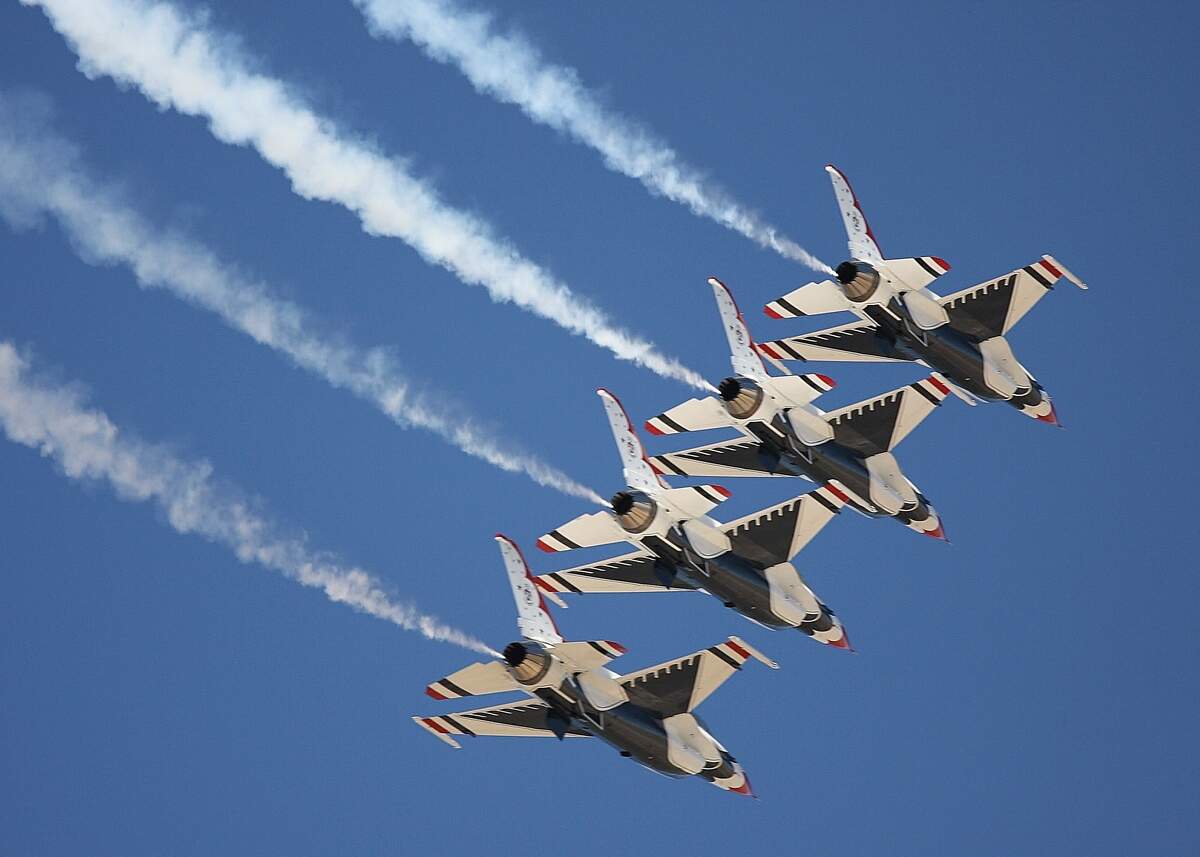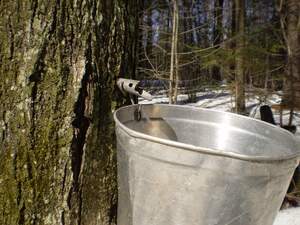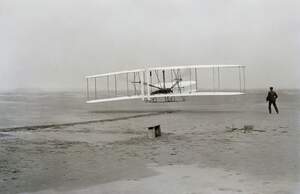

Pan American Aviation Day
Observed
annually on December 17th (since 1940)
Dates
Founded by
United States Congress on October 10th, 1940
Hashtags
Sources
https://books.google.com/books?id=YOeyAAAAIAAJ&pg=PA84&lpg=PA84&dq=%22Pan+American+Aviation+Day%22&source=bl&ots=0s03zGAS_g&sig=ACfU3U3rbwhChzqnOO0jZNhOBbKNsDctgA&hl=en&sa=X&ved=2ahUKEwjmn4LR24jmAhUFeKwKHd0QClI4KBDoATAJegQICRAB#v=onepage&q=%22Pan%20American%20Aviation%20Day%22&f=false
https://en.wikipedia.org/wiki/Pan_American_Aviation_Day
https://uscode.house.gov/view.xhtml?req=granuleid:USC-prelim-title36-section134&num=0&edition=prelim
https://wilstar.com/holidays/pan-american-aviation-day.htm
https://www.history.com/this-day-in-history/first-airplane-flies
https://www.history.com/topics/inventions/wright-brothers
https://www.loc.gov/law/help/statutes-at-large/76th-congress/session-3/c76s3ch840.pdf
https://www.timeanddate.com/holidays/us/pan-american-aviation-day
Pan American Aviation Day honors aviation history and encourages interest in aviation throughout the Western Hemisphere, with the aim of developing more rapid communications and cultural development between countries in the hemisphere. The holiday also commemorates the first successful flight of a mechanically propelled and heavier-than-air airplane. This feat was reached by Orville and Wilbur Wright on December 17, 1903, at a spot about five miles south of Kitty Hawk, North Carolina, in what is now the town of Kill Devil Hills, on the Atlantic Coast. Pan American Aviation Day is similar to Wright Brothers Day, a holiday which was created years after it.
Pan American Aviation Day was first observed on December 17, 1940. 36 U.S.C. § 134 asserts that the President may issue a proclamation each year designating the day and calling on government officials and citizens to participate in it, so that the aforementioned goals of the day may be achieved. This U.S. Code came from a joint resolution that was passed on Oct 10, 1940. Accordingly, President Franklin Roosevelt issued Proclamation 2446, where he acknowledged the recent developments of civil aviation and its benefits to the hemisphere and designated the day as Pan American Aviation Day for that year as well as for "December 17 of each succeeding year." He called on the government, governors, and citizens to "observe with appropriate ceremonies."
The first year's official observances included an aviation banquet, the presentation of the Collier Trophy by President Roosevelt, the showing of two motion pictures, and broadcasts by military officials. Since the first year, people have marked the day in a number of ways. Meetings, luncheons, and other events focused on aviation are held. Schools and associations take trips to aviation museums and hold educational events in classrooms that focus on the development of aviation in the Western Hemisphere.
Honor is paid to the Wright Brothers as well as to Brazilian aviator Alberto Santos-Dumont. Various events dedicated to the Wright Brothers take place, some being connected to Wright Brothers Day, but also being fitting for Pan American Aviation Day as well. For example, an annual Wright Memorial Dinner, where the Wright Brothers Memorial Trophy is handed out, takes place in Washington D.C. each year, on the Friday closest to the date. Events are held in Kitty Hawk and Kill Devil Hills, where the Wright Brother National Memorial is located. Events are also often held in Dayton, Ohio, the hometown of the Wright brothers.
Wilbur, born in 1867, and Orville, born in 1871, were two of seven siblings. Their father Milton was a preacher who spent a lot of time on the road. He often brought his children back toys, and in 1878 he brought Wilbur and Orville a small model helicopter. Based on a design by Alphonse Pénaud it was powered by a rubber band and made of bamboo, cork, and paper. It piqued the brothers' interest in aviation.
In 1889, the brothers started a newspaper called West Side News. Three years later, they opened their own bicycle shop, where they built, sold, and repaired bicycles. They were interested in mechanical projects and science, and their interest in aviation increased when they began following the glider experimentation work of Otto Lilienthal in the 1890s. After Lilienthal died in a glider crash in 1896, the Wright brothers began their own experiments.
The Wright brothers wrote to the U.S. Weather Bureau asking about ideal places to fly a glider and chose to go to an area known for having strong winds, near Kitty Hawk, North Carolina, where the town of Kill Devil Hills is now located. They built their first glider in 1900; it did not fly too well. They came up with a new design the following year, which worked better. Later that year, they built a wind tunnel and used it to test about 200 wings and airframes. In 1902, they had many successful flights with a biplane glider that could be steered with a movable rudder.
Back in their hometown of Dayton, Ohio, they built an airplane. With the help of Charles Taylor, they built a 12-horsepower internal combustion engine for it. In the fall of 1903, they transported the disassembled plane to the same area they had done their glider tests. They put it together and did a few tests before attempting to fly it on December 14. Orville was at the controls when it stalled shortly after takeoff. The plane was damaged and it took them three days to repair it.
On December 17, at 10:35 a.m., Orville took off again. This time his flight lasted 12 seconds and he went 120 feet. Five people were present to witness it. Three more test flights were done that day, and the brothers took turns doing them. Wilbur took the fourth and final flight of the day, flying for 59 seconds and going 852 feet. Others had built experimental aircraft before, but on this day the Wright brothers made a few firsts. They were the first to fly a fixed-wing plane that had aircraft controls with a movable rudder and the first to fly a mechanically propelled aircraft that was heavier than air. Their achievement set the groundwork for more aviation advancements to be made in the future.
Over the next few years, the brothers kept building, and got patents and contracts for their work. By 1905, they had built an airplane with complex maneuver capabilities that could stay in the air for almost forty minutes. Wilbur went to Europe in 1908, and he gave rides in airplanes to people of note in France. Orville arrived the following year, and they began selling their planes in Europe before returning to the United States later that year. They started the Wright Company and became wealthy after selling in both Europe and the United States. Wilbur died of typhoid fever in 1912, and Orville died in 1948. Their contribution to aviation is incalculable, and it is only appropriate that they would be part of a day dedicated to aviation in the Western Hemisphere, and that the day would take place on the anniversary of their iconic flight.
How to Observe Pan American Aviation Day
The following are some ideas on how to spend the day:
- Take a trip to an aviation museum with an association, with a school, or on your own. You could even stop at the National Air and Space Museum, where the Wright Flyer is on display.
- If you are a teacher, hold an educational event in your classroom that focuses on the development of aviation in the Western Hemisphere.
- Fly or take flight lessons.
- Read a book about Alberto Santos-Dumont.
- Read a book about the Wright brothers, such as David McCullough's The Wright Brothers.
- Visit the Wright Brothers National Memorial in Kill Devil Hills, North Carolina.
- Visit the Dayton Aviation National Historical Park, where the Wright Cycle Company Complex is located, and stop at the Wright Brothers Memorial.




















